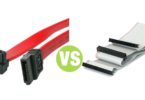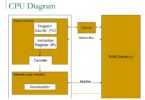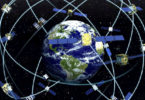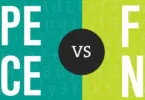Dial-up vs Dedicated Line
Summary: Difference Between Dial-up and Dedicated Line is that dial-up line is a temporary connection that uses one or more analog telephone lines for communications. A dial-up connection is not permanent. While dedicated line is a type of always-on connection that is established between two communications devices (unlike a dial-up line where the connection is reestablished each time it is used).

Dial-up Line
A dial-up line is a temporary connection that uses one or more analog telephone lines for communications. A dial-up connection is not permanent. Using a dial-up line to connect computers costs no more than making a regular telephone call.
Dial-up Modem
A dial-up modem is a communications device that can convert digital signals to analog signals and analog signals to digital signals, so that data can travel along an analog telephone line. An analog signal consists of a continuous electrical wave, and a digital signal consists of individual electrical pulses that represent bits grouped together into bytes. A dial-up modem usually is in the form of an adapter card that you insert in an expansion slot on a computer’s motherboard. One end of a standard telephone cord attaches to a port on the modem card and the other end plugs into a telephone outlet.
Dedicated Line
A dedicated line is a type of always-on connection that is established between two communications devices (unlike a dial-up line where the connection is reestablished each time it is used). The quality and consistency of the connection on a dedicated line are better than a dial-up line because dedicated lines provide a constant connection.
Businesses often use dedicated lines to connect geographically distant offices. Dedicated lines can be either analog or digital. Digital lines increasingly are connecting home and business users to networks around the globe because they transmit data and information at faster rates than analog lines. Five types of digital dedicated lines are ISDN lines, DSL, FTTP, T-carrier lines, and ATM.
Although cable television (CATV) lines and fixed wireless are not a type of telephone line, they are very popular ways for the home user to connect to the Internet. Fixed wireless Internet connections use an antenna on your house or business to communicate with a tower location via radio signals. Later sections in this chapter discuss the use of CATV lines and radio signals to connect to the Internet.
Also Read:
Difference Between Dial-Up Modem and Digital Modem
Difference Between Dial-Up Modem and DSL
Difference Between DSL and Cable
Difference Between Cable Modem and Router







Leave a Comment
You must be logged in to post a comment.